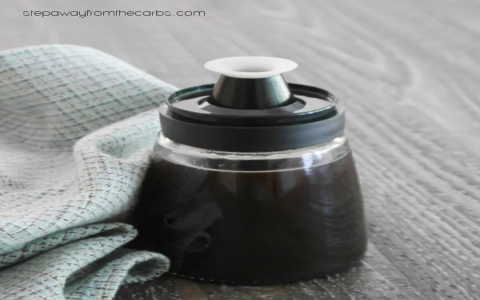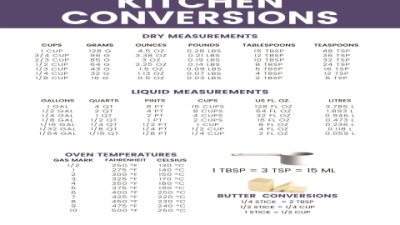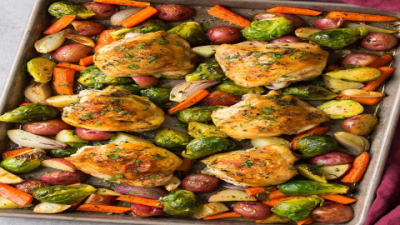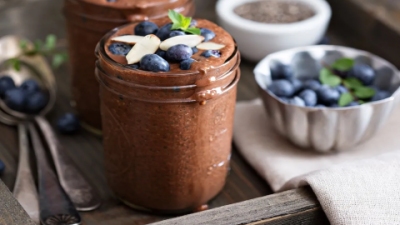If you’re like me, diving into the keto lifestyle can feel a bit like navigating a minefield of hidden carbs and sneaky sugars. One condiment that always seems to pop up in conversations is balsamic vinegar. Is it okay to use when you’re trying to stay in ketosis? The answer isn’t quite a simple yes or no — it really depends on several factors.
So, let’s get into it. Balsamic vinegar, for those unfamiliar, is that dark, tangy-sweet vinegar that comes from Italy, traditionally made from grape juice that’s been cooked down and aged for years. It tastes amazing drizzled over salads or roasted veggies, but here’s the catch: that sweetness comes from natural sugars. And sugars—well, those aren’t usually keto’s friends.
To give you some context, the keto diet usually means keeping your net carbs somewhere between to grams a day. "Net carbs" is fancy talk for carbs minus fiber and sugar alcohols because those don’t really affect your blood sugar. The trick is staying within that limit, or else your body might stop burning fat and go back to burning sugar—definitely not what you want when you’re working hard to stay in ketosis.
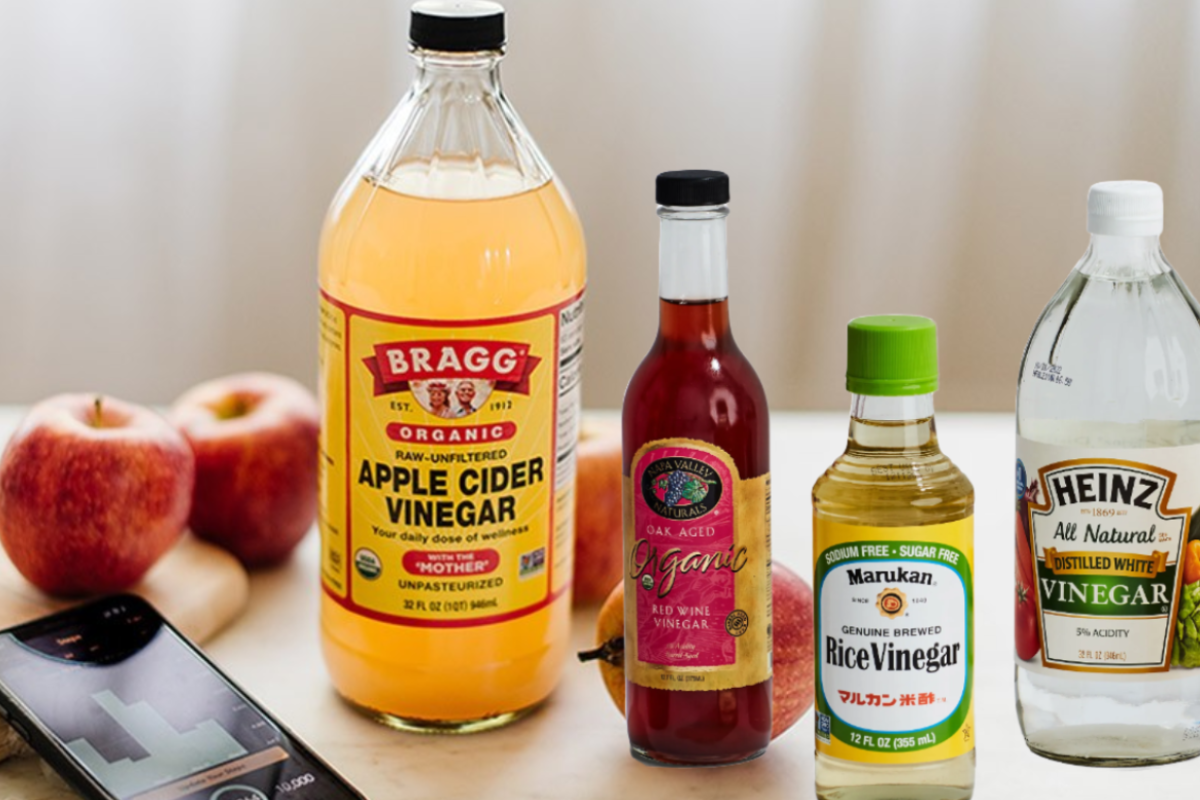
Now, about the carbs in balsamic vinegar — I checked labels and a tablespoon usually has between to grams of carbs, with anywhere from to grams of sugar packed into that small amount. That’s quite a range! The variation depends on how the vinegar was made, what grapes they used, how long it’s been aged, and whether sugar or grape concentrate was added afterward. Surprise, surprise—some supermarket bottles aren’t just pure vinegar anymore and sneakily add sugar to make it taste sweeter.
So, is it keto-friendly? The short and honest answer is: kind of. If you’re using a small amount of authentic, traditionally made balsamic vinegar, it can fit into your keto way of eating. But if you’re topping your salad with a balsamic glaze or any vinegar with added sugars, you’re probably pushing your carb limits a bit too far. I’m not saying you drop it entirely, but moderation here is key. This isn’t an ingredient you want to go wild on.
One lesson I’ve learned trying to balance flavor with keto goals is to pay really close attention to what’s on the label. Some balsamics state carb content clearly, others not so much. Sometimes the difference between a “keto-safe” version and something that’ll mess with your progress is only a few grams of sugar per tablespoon.
If you’re wondering how much you can get away with, sticking to about one tablespoon per meal is usually safe for most people. Honestly, that’s typically enough to add that punch of acidity and sweetness to your dishes without knocking you out of ketosis. But remember, if your carb budget is super tight (like under grams a day), you’ve got to be even more careful.
I’d also recommend looking at alternatives like apple cider vinegar, which I personally use way more often on keto. It has less than gram of carbs per tablespoon and offers some pretty neat health perks, like helping with digestion and blood sugar regulation.
Speaking of health, don’t let the carb count overshadow some of the benefits balsamic vinegar can offer. The acetic acid it contains has been shown to improve blood sugar control, which is great when you’re trying to manage insulin levels on keto. Plus, it’s loaded with antioxidants like resveratrol and polyphenols—those fancy plant compounds that help fight inflammation and oxidative stress. So every little bit counts.
By the way, here’s a quick comparison between various vinegars to keep handy:
| Vinegar Type | Approximate Net Carbs per Tbsp | Keto-Friendliness | Health Benefits |
|---|---|---|---|
| Apple Cider Vinegar | 0.1–0.3g | Highly keto-friendly | Great for digestion and blood sugar control |
| White Balsamic Vinegar | 1–2g | Moderately keto-friendly | Lighter flavor, lower carb than dark balsamic |
| Traditional Balsamic Vinegar | 2–6g | Keto-friendly in moderation | Rich in antioxidants and acetic acid |
| Balsamic Glaze | 10–18g | Not keto-friendly | High sugar content, avoid |
| Red Wine Vinegar | <1g | Highly keto-friendly | Similar benefits to acetic acid vinegars |
If you’re a salad dressing fanatic like me, a little tip: try making your own balsamic dressing at home using authentic balsamic vinegar mixed with olive oil, salt, pepper, and your favorite herbs. This way, you’re in full control of what goes in and can avoid hidden sugars lurking in commercial dressings.
Now, some questions that come up all the time:
Can I have balsamic vinegar every day on keto?
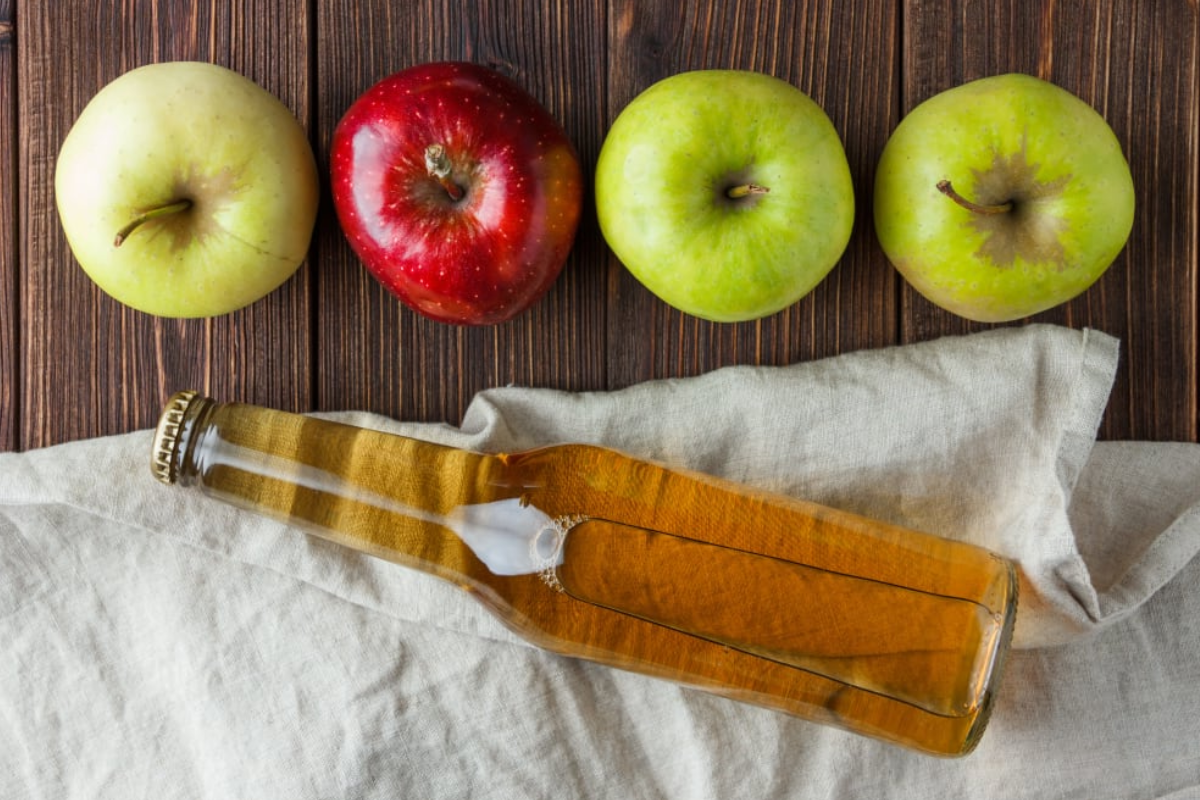
If you’re sticking to a tablespoon or two, yes. It really depends on your carb allowance for the day and how your body reacts.
Will balsamic vinegar kick me out of ketosis?
If you consume lots of it, especially if it’s sweetened or a glaze version, it can. Small amounts of pure balsamic rarely do.
Is balsamic glaze keto?
Almost definitely not. It usually contains a lot of added sugar, resulting in a high carb load.
Are there keto-friendly balsamic brands?
Yes, but it requires label reading. Look for aged balsamic with no added sugars.
What’s the healthiest vinegar for keto?
Apple cider vinegar usually takes the cake, thanks to its very low carbs and added health perks.
So here’s the bottom line: balsamic vinegar can absolutely be part of your keto toolkit, just use it wisely. Buy high-quality, traditional stuff, measure your portions, and keep an eye on your carbs. And if you want to stay extra safe, apple cider vinegar is a fantastic go-to that pairs well with pretty much everything.

Don’t let yourself miss out on flavor just because the diet feels strict. With a little mindfulness and smart choices, you can enjoy tasty meals without sacrificing ketosis or your goals. Sometimes, that’s what keto is really about—finding balance and making it work *for* you.
If you still feel unsure, touching base with a dietitian who knows keto can be a game-changer. They can tailor advice exactly to how your body works and what flavors you love. Meanwhile, happy cooking and stay curious!
Written: Thursday, July 17, 2025
